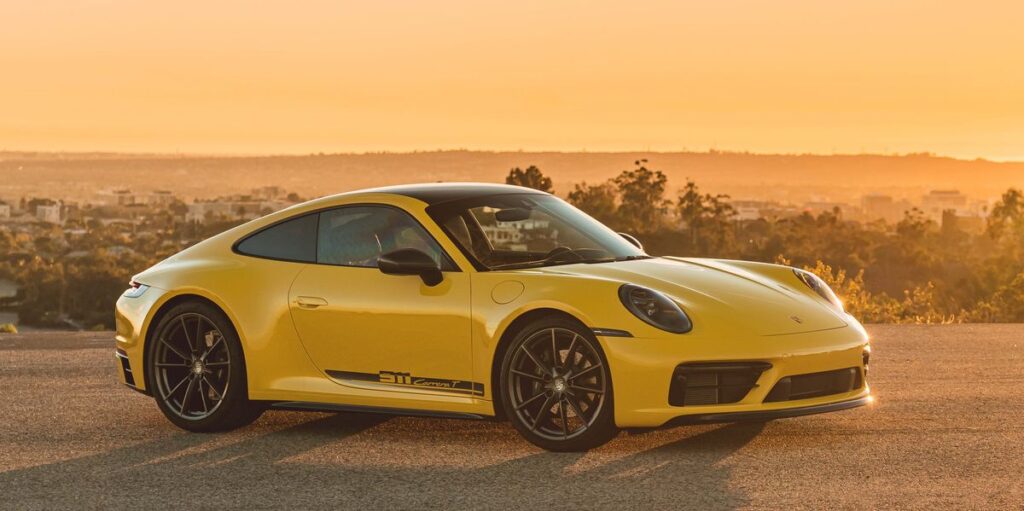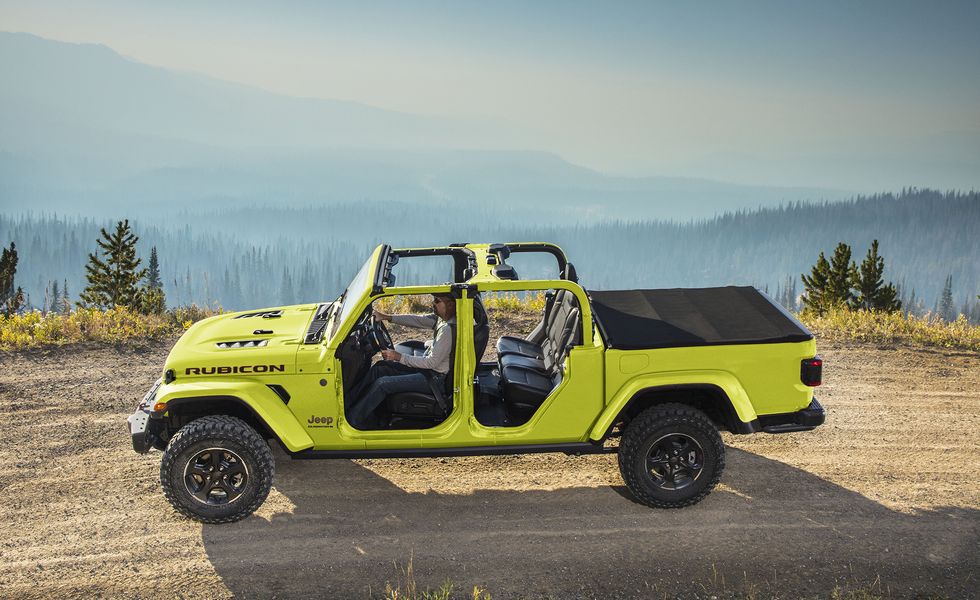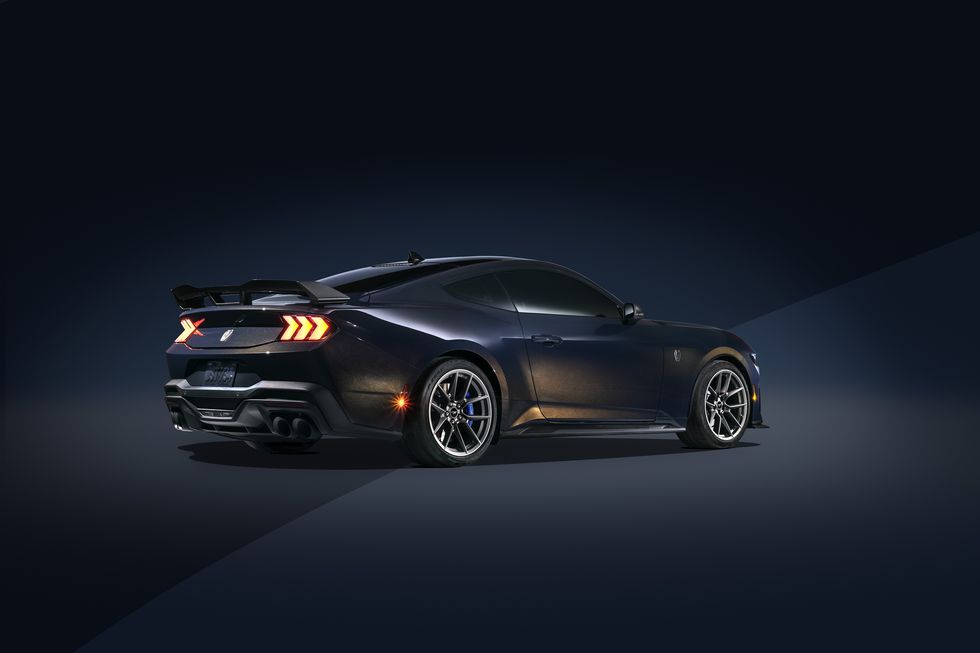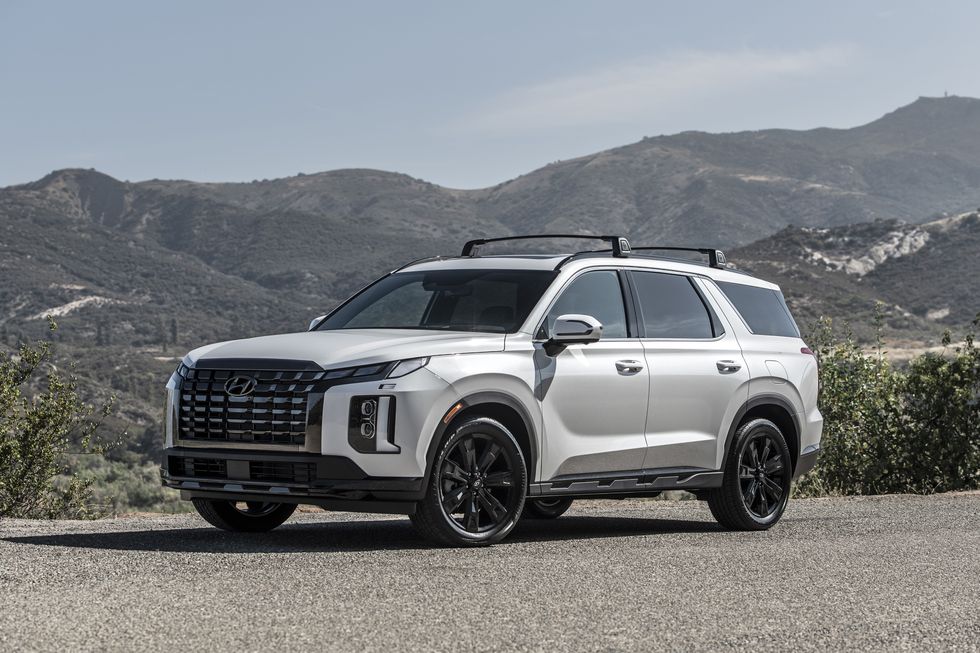Yellow Cars Paint a Bright Depreciation Picture, but Don't Get a Gold One

If you’re buying a car with resale value in mind, a bright color might be the way to go. According to some number-crunching by iSeeCars, three-year-old used cars depreciate the least if they’re yellow. Gold, though, depreciates the most.Those are the results for the used-car market as a whole. When you look at segments, different colors depreciate the least. Beige pickups, for example, hold their value the best.The most common vehicle colors—white, black, silver—depreciate at an average rate because they’re considered a safe choice.
There’s a world of difference between yellow and gold. In the world of used-car sales, a vehicle’s color plays a noticeable role in determining the resale value. It turns out that yellow cars suffer the least depreciation, while gold vehicles sink like bullion in the sea.
According to research by iSeeCars of the entire three-year-old used-car market, a used vehicle with yellow paint has a 13.5 percent depreciation rate, the best of all the colors. Yellow is followed by beige (17.8 percent) and orange (18.4). The overall average depreciation rate is 22.5 percent, but at the bottom of the list we find gold, with a 25.9 percent depreciation rate after three years.
2018 Toyota Tacoma.
Toyota/Michael Engelmeyer
Common vehicle colors depreciate roughly the same as the market average. White used cars lost 21.9 percent, while silver and black both lost around 23 percent, just right to put them at 10th and 11th place, respectively, on iSeeCars’ 13-color ranking.
“Notice how two of the most popular colors, silver and black, rank near the bottom of the list,” iSeeCars executive analyst Karl Brauer said in a statement. “Many consumers and dealers likely consider these colors ‘safe’ in terms of widespread acceptance, but they’re too common to help a car hold its value.”

2023 Jeep Gladiator in High Velocity green.
Stellantis
Two-Tone, Bright Colors on the Rebound
White and silver have been at or near the top of the color popularity list for what feels like forever. Back in 2009, PPG, a global paint and coating supplier, noted that silver was the most popular car color globally. White took over by 2011 and remained on top in 2014. In 2021, PPG’s Automotive Color Popularity Report found that two-tone finishes are making a comeback, and personalized colors are becoming more popular. PPG said that it found grays, blues, greens, and violets are popular colors today. Even so, white and black will continue to be the most popular colors for new vehicles worldwide. In 2021, 35 percent of all new cars were white, and 18 percent were black.

Roy Ritchie|Car and Driver

Hyundai
To determine the depreciation rates mentioned above, iSeeCars.com analyzed more than 1.6 million model year 2020 used cars, adjusted for inflation and then aggregated by color and body style.
Not all colors depreciate at the same rate across vehicle segments, iSeeCars found. For example, the truck color with the lowest depreciation rate is beige, followed by orange and green. For sedans, brown models have the lowest depreciation. For minivans, it’s green. But this is obviously only one of the ways in which your new vehicle will depreciate and we have to put in our vote for getting whatever color you like best, even if (as is likely) it’s not beige.
This content is imported from poll. You may be able to find the same content in another format, or you may be able to find more information, at their web site.

Contributing Editor
Sebastian Blanco has been writing about electric vehicles, hybrids, and hydrogen cars since 2006. His articles and car reviews have appeared in the New York Times, Automotive News, Reuters, SAE, Autoblog, InsideEVs, Trucks.com, Car Talk, and other outlets. His first green-car media event was the launch of the Tesla Roadster, and since then he has been tracking the shift away from gasoline-powered vehicles and discovering the new technology’s importance not just for the auto industry, but for the world as a whole. Throw in the recent shift to autonomous vehicles, and there are more interesting changes happening now than most people can wrap their heads around. You can find him on Twitter or, on good days, behind the wheel of a new EV.







